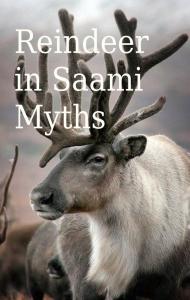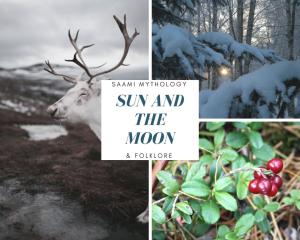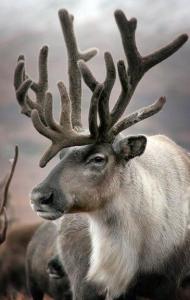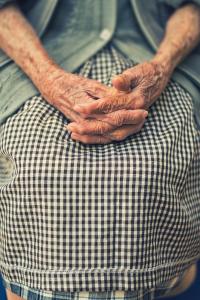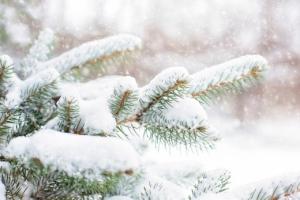
Saami people are the native people of northern Europe. There are Saami living in Sweden, Finland, Norway and Kola Peninsula in Russia. In Norway majority of the Saami were fishermen and in the Lapland of Finland, Sweden and Russia the lifestyle of the saami´s was more intertwined with reindeer herding. In these modern days you can find Saami in all occupations and all paths of life yet there are people who practice their traditional ways.
Back in the day, Saamis were always surrounded by nature. They knew all about the movements of the sun, moon, planets, and stars and by following the natural cycle of the reindeer Saami developed a special connection to nature. This comes out thoroughly in Saami mythology which essentially is an animistic belief that each stone, rock, lake and plant has a spirit living inside them. Saami goddesses were all manifestations of nature and even more, miracles that occurred in nature.
Máttaráhkká The Mother
Máttaráhkká was the goddess of the earth. She was the beginner of all life. Her job was to receive the soul and the spirit of the child from the sky god Radien and give the breath of life to the child in the womb. Women turned to Máttaráhkká during childbirth and if they suffered from menstrual pains.
Máttaráhkká had three daughters. In the shaman drum, these three figures are painted to the very bottom of the drum. Saami believed that these three goddesses lived in the ground with their mother just below Kota, the tent or the house.
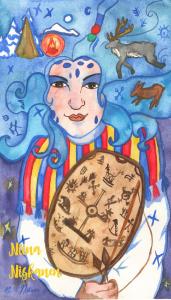
Juksáhkka The Bow Woman
Juksáhkka was the goddess of hunting. Her name literally means “the bow woman”. Juksáhkka was the protector goddess of boys and men. She protected them from the moment they were conceived till the day they died. It was believed that Juksáhkka had the ability to change the child´s gender in the womb. One way to ensure this was to attach the bow and some arrows to komsio (Saami cradle). Saami culture was foremost hunting culture boys and men were more respected than women in the society.
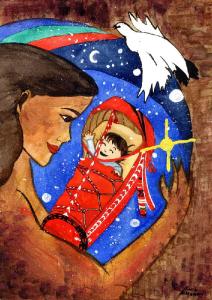
Sárahkká Protector of mothers and babies
Sárahkká was the protector goddess of giving birth, girls and women. Her job was to grow the flesh around the child´s bones in the womb. In the shaman drum, Sárahkká is painted in the middle. She protected women from the day they were born to the day they died. Sárahkká´s sacred bird was the willow grouse. If a couple wanted to have a girl child they hanged beaks, wings and feathers of the willow grouse to the komsio. When giving birth was successful women sacrificed porridge to Sárahkká.
The birth was a sacred ritual for the Saami. It was also a world that was dominated by women and a taboo for men.
Uksákká Guardian Of The Door
Uksákká the third sister looked after the child when they grew up. She protected the child from not hurting themselves or getting into accidents. Uksákká guarded all the doors of the tents and houses. She was also the protector of entries in the animal world. She protected entrances of bear and wolf caves, entries of the birds´ nests and holes of the bee hives.
Despite the fact that Saami culture was male-dominated hunting culture. The essence of all life was believed to live within the woman. The primal mother.
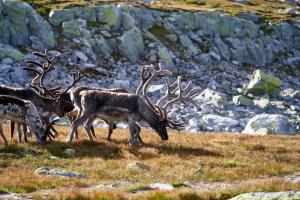
Jábmiidáhkka Taker of Souls
Jábmiidáhkka was one of the most powerful goddesses and very likely, one of the early goddesses worshipped by the Saami. In many parts of Lapland, it was believed that spirits of passed-away relatives lived in the stars and in the northern lights. Scandinavian/Norse myths introduced the idea that the world of the dead was underground. In Saami folklore, this became a place which existed at the bottom of a bottomless lake. When many of the Saami were converted to Catholicism and later on to Lutheranism, the concept of the underworld changed. It was divided into two parts: Rotaimo which was a place similar to Christian hell and Radienaimo, a place closer to the Christian idea of heaven. No matter how the concept of the underground changed Jábmiidáhkka was always the guardian of this place. She is the receiver of the souls.
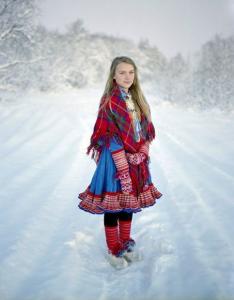
Beiwe Goddess Of The Sun
In Saami mythology, many of the deities were not personified. They were seen as if they existed in nature. Often sun was not personified but when it was personified it was a goddess called Beiwe (in comparison to the Finnish language. Päivä means day in Finnish). Most of the time in Saami folklore Beiwe is portrayed as a feminine deity same way as in many parts of northern Europe; Sunna in Scandinavian mythology, Päivätär in Finnish folklore and Sáule in Baltic myths. Occasionally in Saami myths, Beiwe is portrayed as masculine but descriptions of the sun as a female deity are way more common. Beiwe was the goddess of rebirth in nature, beauty and fertility. In Saami culture, the sun was highly worshipped because of the harsh weather conditions where people lived and the fact that summer is a relatively short time period in the arctic. Reindeer were sacred animals to Beiwe and white reindeer were sacrificed in her honour during Winter Solstice. If there were no white reindeer available, animals who had white ribbons attached to their ears replaced them.
Like in many ancient cultures Saami also believed that during the winter sun was ill. They painted their doorways with fat so that sun could eat the fat and become stronger each day. When people saw the first glimpses of the sun in February everybody went outside and honoured the sun by bowing. Summer was a time of plenty and Beiwe was not only connected to the fertility of humans but also the fertility of the land and the animals. During the summer solstice, people prepared so-called sun wheels from plants and leaves which were hung into the trees to represent the sun. In midwinter, people baked cakes from reindeer blood and they were hanged into the trees as well for Beiwe to eat so that she would gain all her strength.
One of the personifications of the sun was Beaivvi Nieida the sun maiden. According to some myths, the sun maiden was the daughter of Beiwe and people sacrificed porridge for her. It was believed that the sun maiden was the protector of reindeer and by leaving sacrifices people made sure that the reindeer would stay safe and healthy all year round. White reindeer were burned in her honour. The reindeer had to be a white female and reindeer sacrifices were only done during the winter. People believed that making sacrifices during summer was impolite because the flames might shine brighter than the sun herself.
Another aspect of the sun was called Sala Nieijta, which controlled the weather. She could order snow to melt and freezing cold air to move so that spring and summer could arrive.
The third aspect of the sun was called Rana Niejta, the earth’s spirit. Her name literally means green maiden. Rana Niejta represented the fertility of the earth. She made grass and fields green, flowers bloom and trees bear fruits for people and animals to eat.
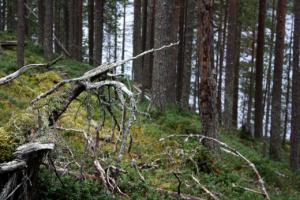
Gieddegeažegálgu Goddess Of Knowledge
Gieddegeažegálgu was the goddess of Kentänpää. That was the edge between the home and the forest. Familiar and the unknown. She was the goddess of witchcraft, shamanism and hidden knowledge. In trance, state shaman could travel to meet Gieddegeažegálgu. She was the goddess of shamanic journeying but also the goddess of taking chances, seeking wisdom, getting help and asking the right questions. She represented shamanic powers of the mind and was the guardian of people´s morality. To get the answers one needs to be ready to take chances, leave the comfort of home and be ready to face the unknown.
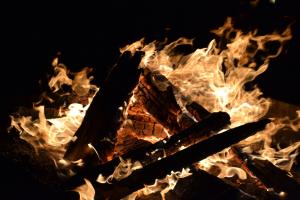
Boassoáhkka Goddess Of Possession
Because Saami culture had a shamanic belief system, shaman drums were sacred objects. Goddess called Boassoáhkka was the protector of the shaman drum. She was also the goddess of possession and guardian of the home. In traditional Saami tent kota there was a special place in the back corner where the drum was being kept. In northern Saami, this space is called boassu and in Finnish it is called posio. This was the shrine of Boassoáhkka and it was believed that her spirit lived in that particular spot, guarding the family´s possession.






